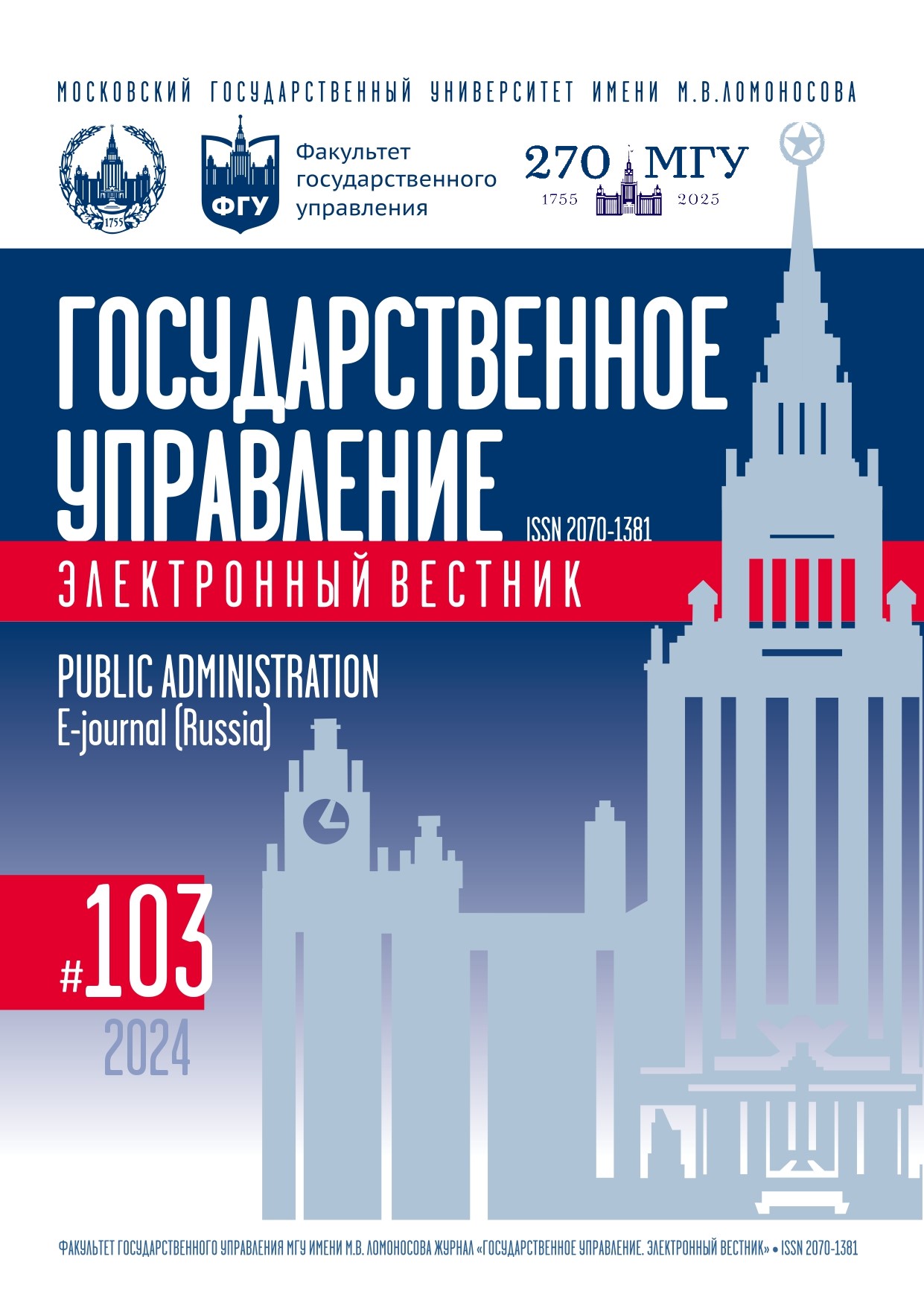Current State and Prospects for Developing Carbon Integration in the Eurasian Space
Keywords:
Carbon integration, decarbonisation, carbon pricing, EAEU, green projects, taxonomy.Abstract
The processes of decarbonisation of the world economy, expressed among other things in the increasing use by states of carbon pricing mechanisms and the strengthening of the role of green protectionism in international trade, create certain challenges for the competitiveness of the economies of the Eurasian Economic Union (EAEU) countries, setting them the task of harmonizing national approaches within the framework of the climate agenda and subsequent carbon integration. This article, based on a comprehensive analysis of the economic and legal aspects of national and supranational climate regulation, examines factors that can contribute to the development of such integration in the Eurasian space, and identifies existing and potential challenges that could have an impact on it. We propose a definition of carbon integration as one of the areas of climate integration, analyzed the current conditions for its development, and identified potential measures for its further improvement and regulation in the EAEU. The authors come to the conclusion that, despite such factors as the initial stage of climate integration in the Eurasian space, the existing differences in the climate regulation regimes of the countries of the association (manifested among other things in the heterogeneity of the development of institutional and legal frameworks for the application of carbon pricing mechanisms), the scale of the consequences of introducing the European CBAM (Carbon Border Adjustment Mechanism) for the national economies of the countries under consideration, opportunities and conditions for investing in green projects and greening of production, carbon integration remains one of the necessary conditions for the successful development of trade and economic relations of the EAEU member states at both regional and global levels.
References
Винокуров Е., Альбрехт К., Забоев А., Клочкова Е., Малахов А., Перебоев В. Глобальная зеленая повестка в Евразийском регионе. Евразийский регион в глобальной зеленой повестке. Алматы: Евразийский банк развития, 2023.
Донченко В.К. Приложения теории экологической интеграции для создания трансграничных систем международной экологической безопасности // Региональная экология. 2014. № 1–2(35). С. 119–127.
Кононович И.В. Зелёная интеграция — новый этап развития зелёной экономики стран? // Вестник Забайкальского государственного университета. 2023. Т. 29. № 1. С. 95–103. DOI: 10.21209/2227-9245-2023-29-1-95-103
Морева Е.Л. Кризис и политика экологической интеграции в ЕС и СНГ // Актуальные проблемы Европы. 2014. № 1. С. 77–111.
Суриков Д.О. Регулирование выбросов парниковых газов в России: ретроспектива развития и актуальные тенденции // Экономика устойчивого развития. 2023a. № 2(54). С. 269–274.
Суриков Д.О. Развитие государственного регулирования выбросов парниковых газов в России на современном этапе // Экономика и управление. 2023b. № 4. С. 469–480. DOI: 10.35854/1998-1627-2023-4-469-480
Точицкая И., Шершунович Е. Оценка углеродоемкости экономики Беларуси и платежей по СВАМ // BEROC Policy Paper Series. 2021. URL: https://beroc.org/upload/iblock/350/350187f7da4bdd54f166a5024ba1d8b9.pdf
Юргенс И.Ю., Ромов Р.Б. «Зеленая интеграция» и формирование единого устойчивого пространства развития в формате ЕАЭС. М.: МГИМО, 2023.
Bianco V., Proskuryakova L., Starodubtseva A., Energy Inequality in the Eurasian Economic Union // Renewable and Sustainable Energy Reviews. 2021. Vol. 146. DOI: 10.1016/j.rser.2021.111155
Zemskova K. The Common Energy Market of the Eurasian Economic Union. Implications for the European Union and the role of the Energy Charter Treaty. Brussel: Energy Charter Secretariat, 2018.

